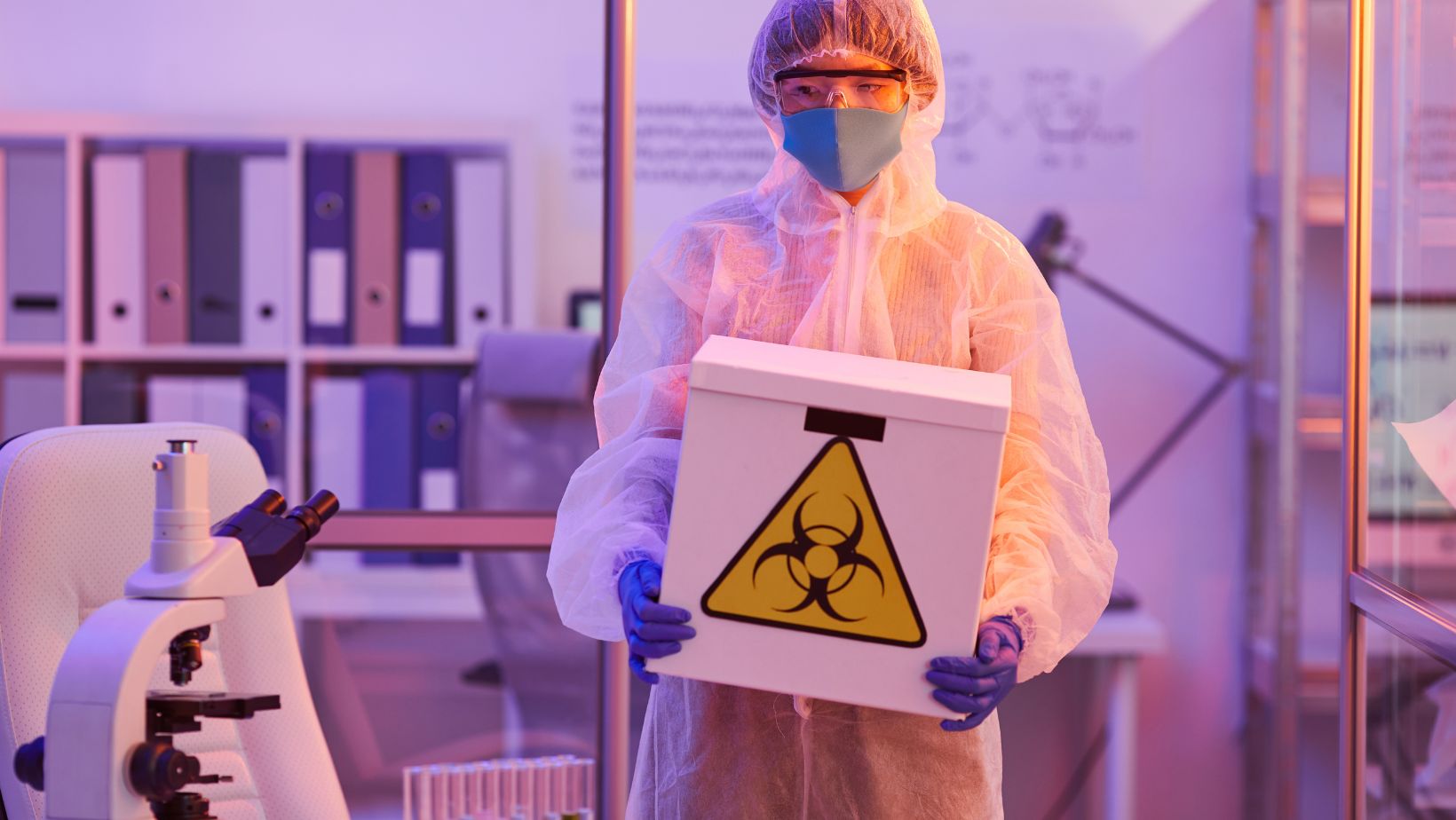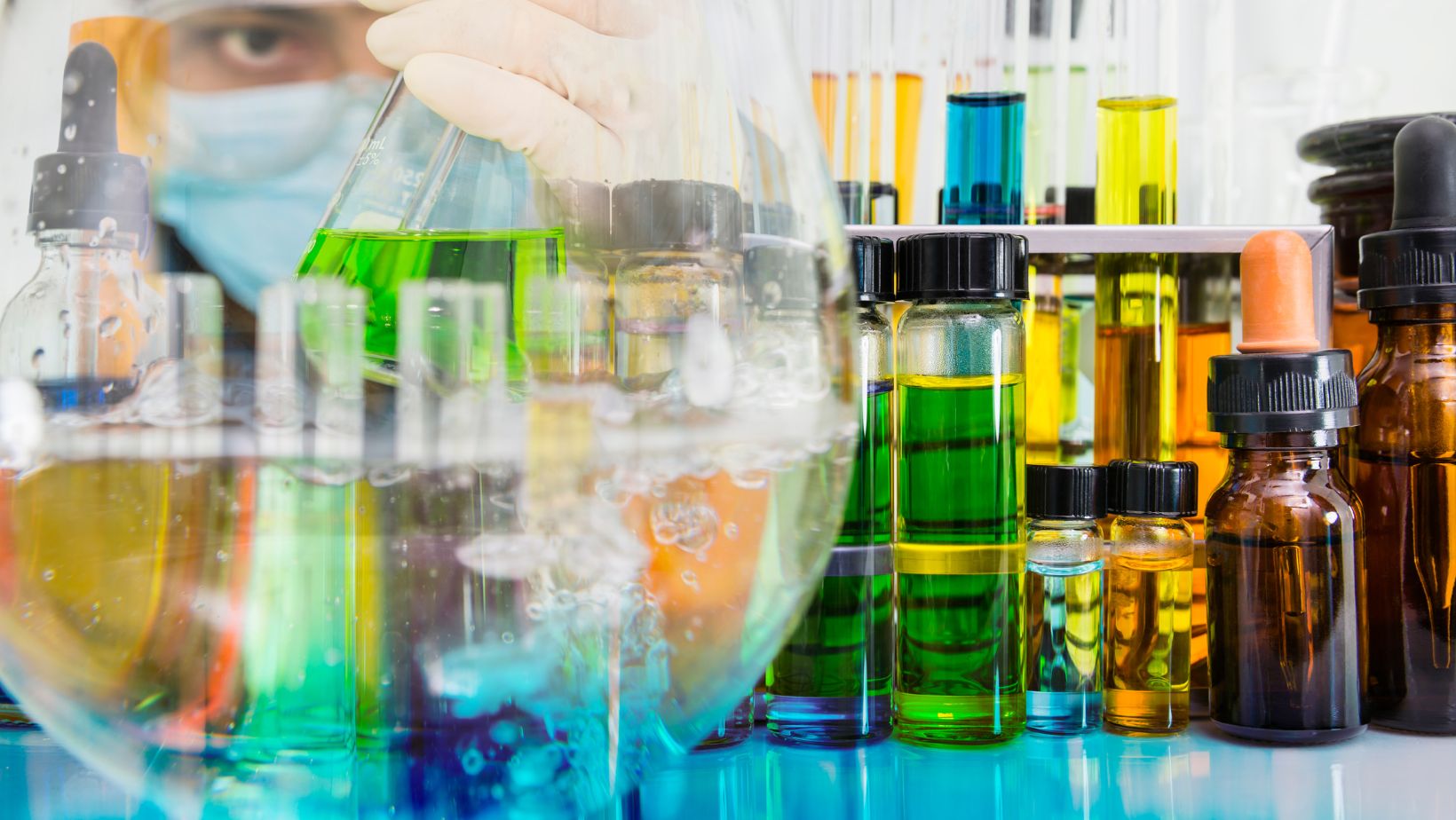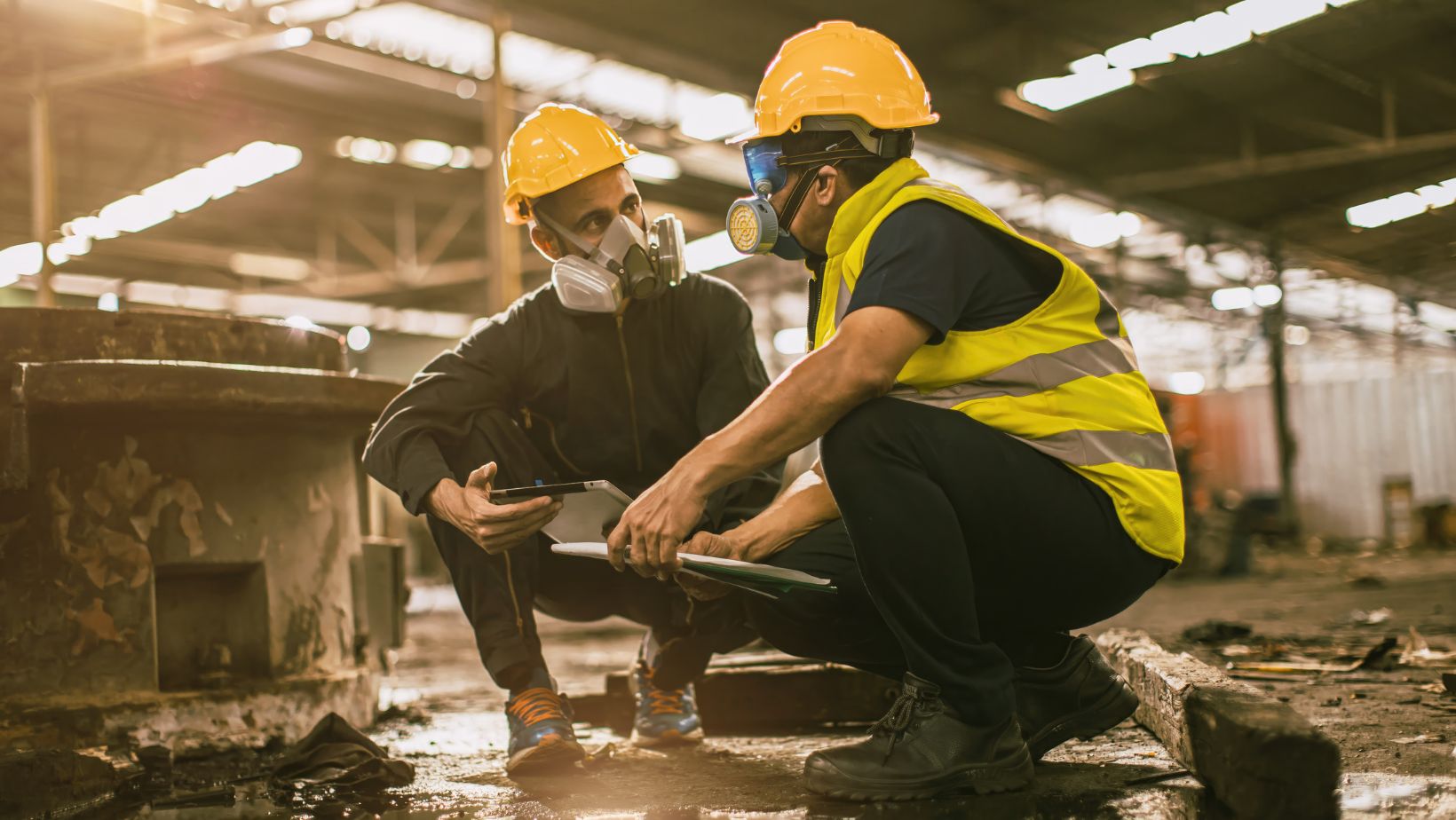Improving Chemical Safety in Workplace

When we’re talking about using chemicals in our workplaces, it’s not just ticking boxes for regulations—it’s genuinely caring for our team. We all know that a safe environment is a productive one.
In this article, we’ll be exploring the nitty-gritty of risk assessments, the ins and outs of preventive measures, and the game plan for emergencies. Because in business, just like in life, being prepared is half the victory. So, let’s jump in and figure out how to make our workspaces safer and smarter when chemicals are in the mix. Ready?
Risk Assessment
Chemical safety in the workplace is essential to protect employees from the potential hazards of chemicals.
A risk assessment involves identifying and evaluating potential hazards associated with the use of chemicals in the workplace. The following steps can be taken to conduct a proper risk assessment:
- Identify the chemicals used in the workplace and their potential hazards.
- Determine the level of exposure to the chemicals by employees.
- Evaluate the risk associated with the chemicals and their exposure levels.
- Develop and implement control measures to reduce or eliminate the risk.
It is important to regularly review and update the risk assessment as necessary to ensure that it remains current and effective.
Preventive Measures
To prevent chemical accidents and ensure safety in the workplace, it is essential to implement preventive measures. These measures include engineering controls, administrative controls, and personal protective equipment.
Engineering Controls
Engineering controls are physical modifications that can be made to the workplace to prevent chemical exposure. Some examples of engineering controls include:
- Ventilation systems that remove harmful chemicals from the air
- Enclosures that prevent chemicals from escaping into the workplace
- Automatic shut-off valves that stop chemical leaks
By implementing engineering controls, the risk of chemical exposure can be significantly reduced.
Administrative Controls
Administrative controls are policies and procedures that can be put in place to prevent chemical accidents. Some examples of administrative controls include:

- Regular training for employees on chemical safety
- Proper labeling and storage of chemicals
- Limiting the amount of time employees spend working with hazardous chemicals
By implementing administrative controls, employees can be better prepared to handle chemicals safely.
Personal Protective Equipment
Personal protective equipment (PPE) plays a pivotal role in ensuring the safety of employees, especially in environments where chemical exposure is a possibility. This equipment is specifically designed to offer a protective barrier between the user and potential hazards. Some widely recognized PPE include:
Gloves
These are designed to protect the hands from direct contact with hazardous substances. Depending on the material and design, gloves can shield against various chemicals, cuts, and temperature extremes.
Respirators
Respirators are essential for protecting the respiratory system from inhaling harmful fumes, gasses, or dust. They come in various forms, from simple face masks to more intricate systems that offer a full face shield and breathing apparatus.
Gas Mask
A protective gas mask is a step beyond regular respirators. These are specially designed to filter out harmful gasses and offer full-face protection. They are often used in situations where there’s a risk of exposure to toxic gasses or in environments where the air quality is compromised.
Safety Glasses
Safety glasses shield the eyes from chemical splashes, flying debris, and other potential hazards. They often come with side shields and can be worn over prescription glasses.
While PPE provides an essential line of defense, it’s crucial to remember that it should complement other safety measures. Relying solely on PPE is not recommended. Instead, PPE should be paired with engineering solutions, like proper ventilation or containment systems, and administrative controls, such as training and safe work procedures.

In this way, multiple layers of protection are established, significantly reducing the risk of chemical exposure and ensuring a safer working environment for all.
Emergency Response and Preparedness
Chemical spills and accidents can happen in any workplace that handles hazardous materials. It is important to have a plan in place to respond to these situations quickly and effectively. This section will cover the emergency response plan and procedures for dealing with chemical spills.
Emergency Response Plan
An emergency response plan should be developed and implemented to ensure that workers know what to do in the event of a chemical spill or accident. This plan should include the following:
- Emergency contact information for local emergency services, such as the fire department and hospital
- Procedures for evacuating the building and accounting for all employees
- Procedures for containing and cleaning up chemical spills
- Procedures for providing medical attention to affected individuals
- Procedures for reporting the incident to the appropriate regulatory agencies
All employees should be trained on the emergency response plan and should know what to do in the event of an emergency.
Final Thoughts
Ensuring a safe and productive work environment, especially when dealing with chemicals, is not just a regulatory requirement but a moral obligation. With structured risk assessments, proper preventive measures, and comprehensive emergency plans in place, businesses can significantly reduce potential hazards and protect their most valuable asset: their employees.
Regular training, periodic reviews, and adaptability to change are crucial to ensure that the implemented measures remain effective. At the end of the day, a well-prepared workplace isn’t just about adhering to safety standards but about nurturing a culture where every individual values and contributes to collective safety.
-
Personal Finance5 months ago
How Do I Find My UCAS ID Number?
-
Success5 years ago
Consistency: The Key Ingredient to Success
-
Uncategorized5 months ago
What Does Conditionally Approved Mean For An Apartment?
-
Motivation2 years ago
How To Become a More Organized Person?
-
Others4 years ago
Work Health and Safety: 8 Reasons to Maintain a Clutter-free Office
-
Entrepreneurs3 years ago
Why Diversity is Key in Business Marketing
-
HK Pools5 months ago
The HK Pools Forum Comunity Jos Markotop 2D Warna Kuning – A Great Way to Stay Connected
-
Sport1 year ago
What Makes Soccer Betting So Great?



























